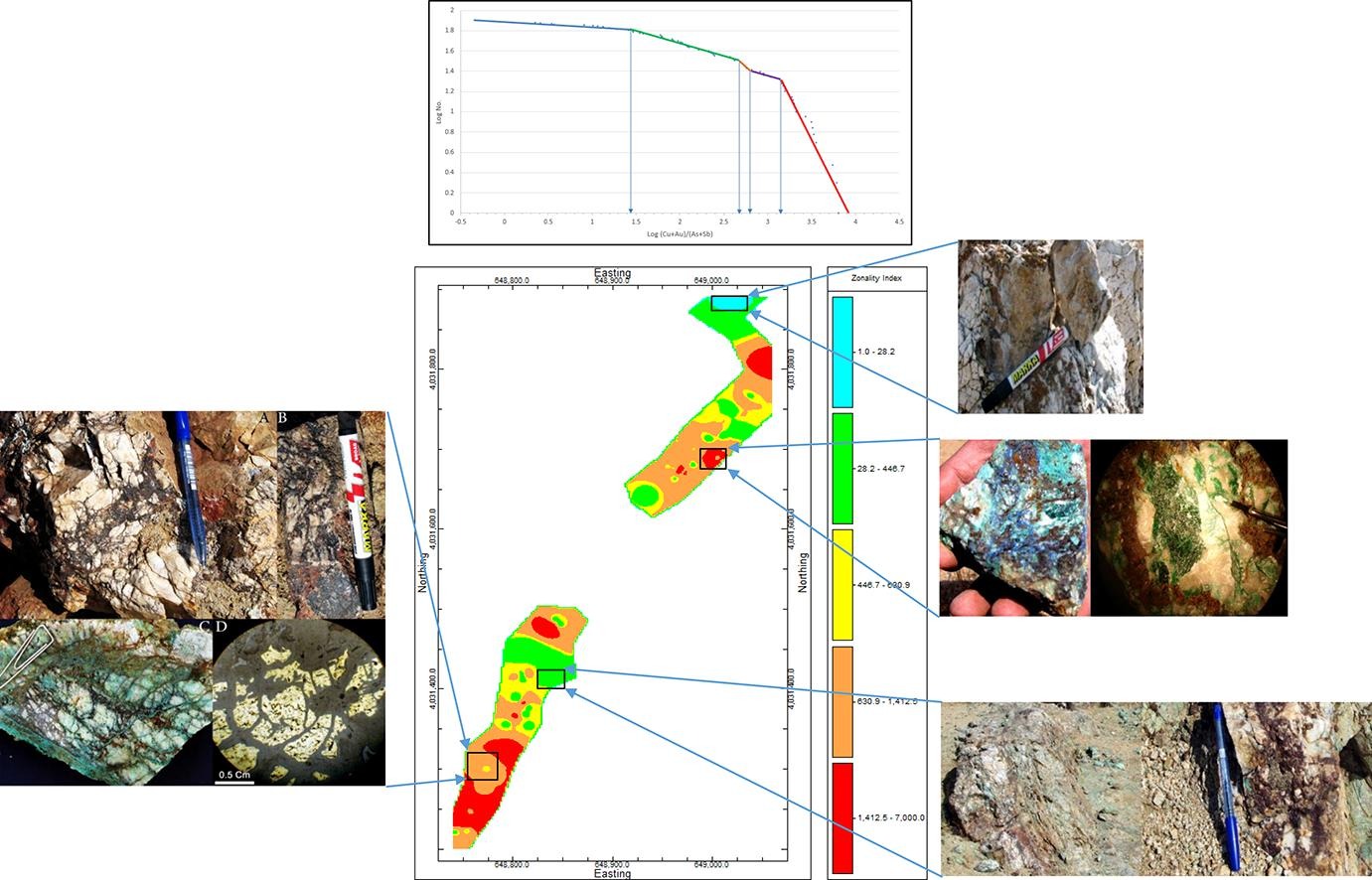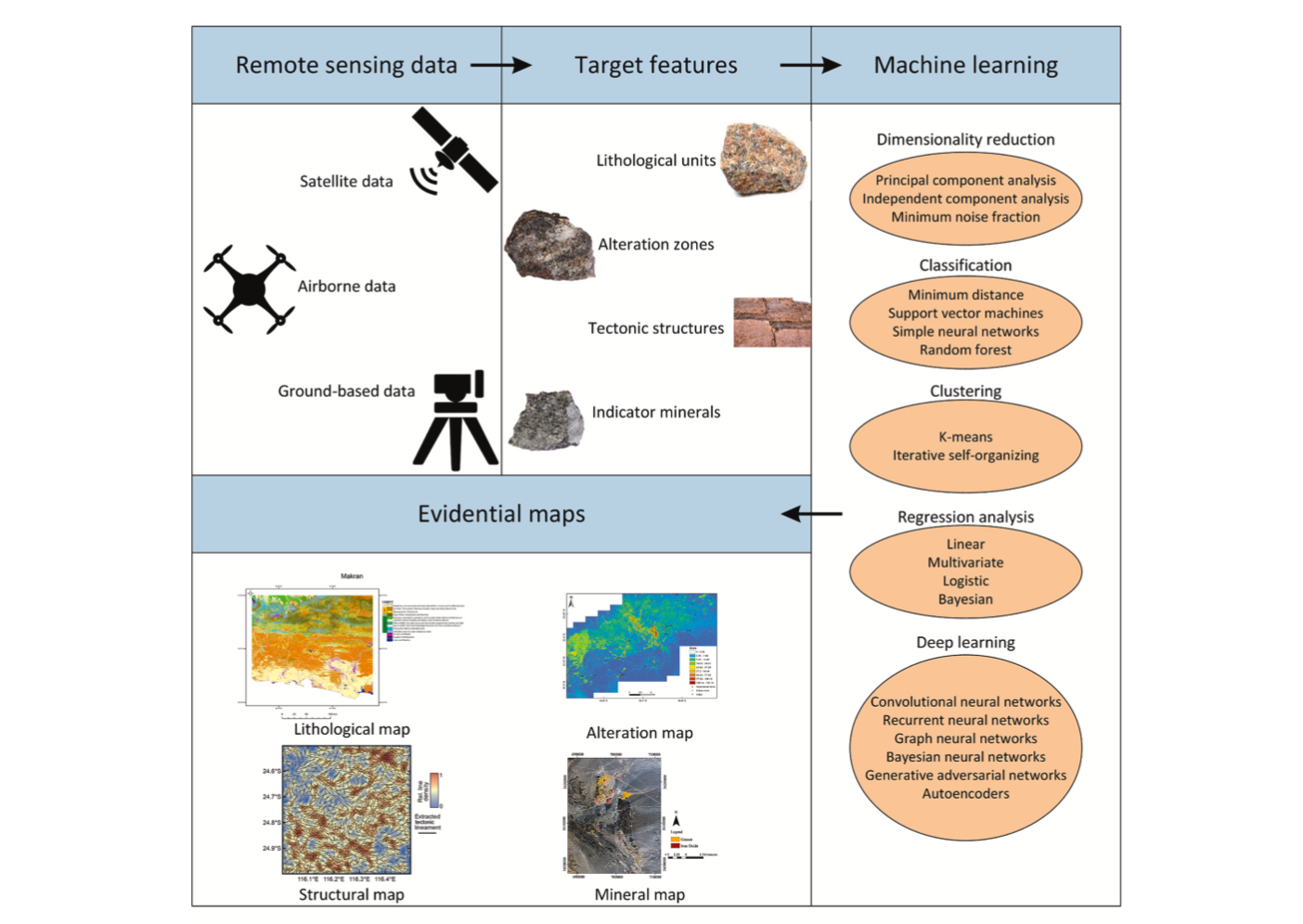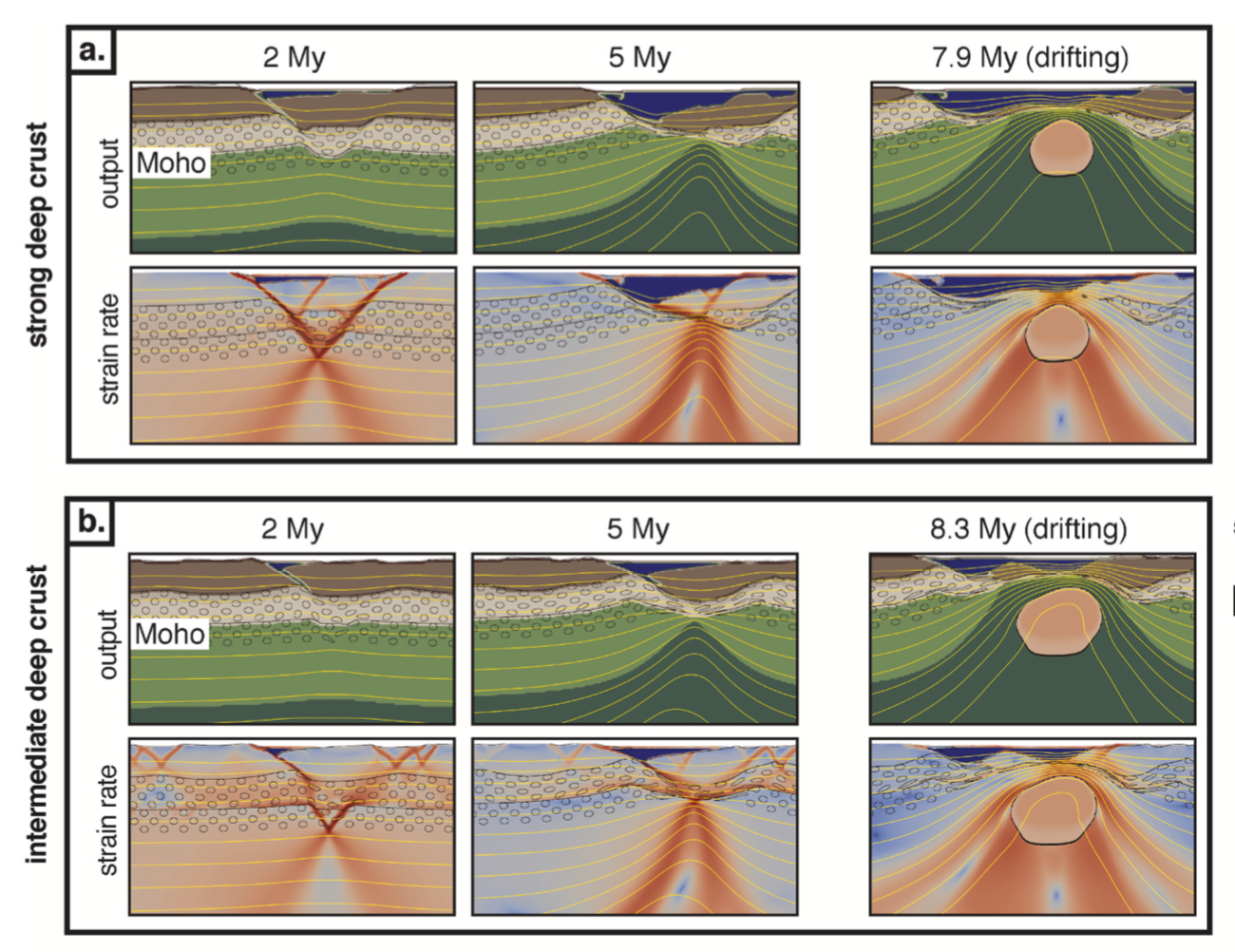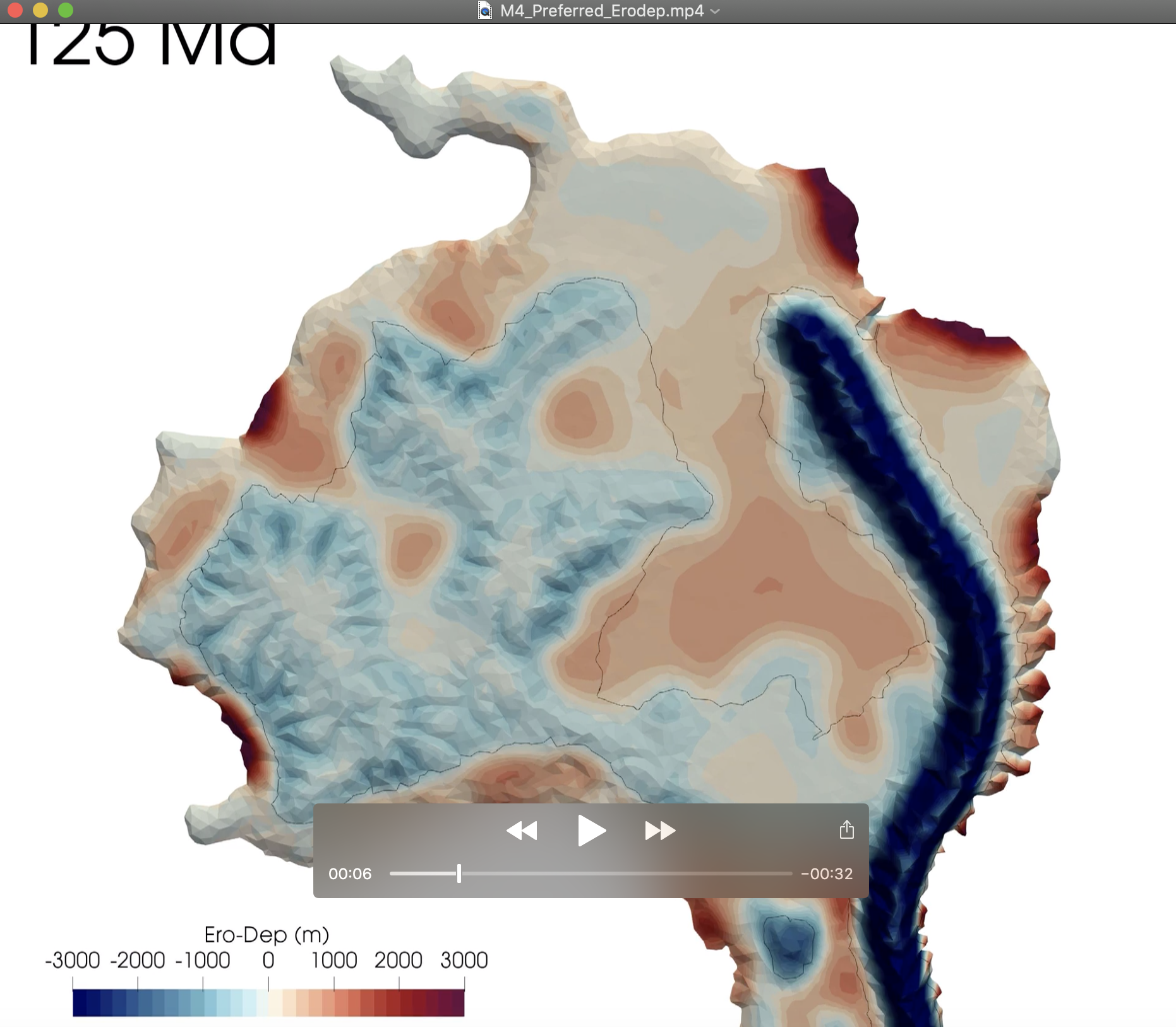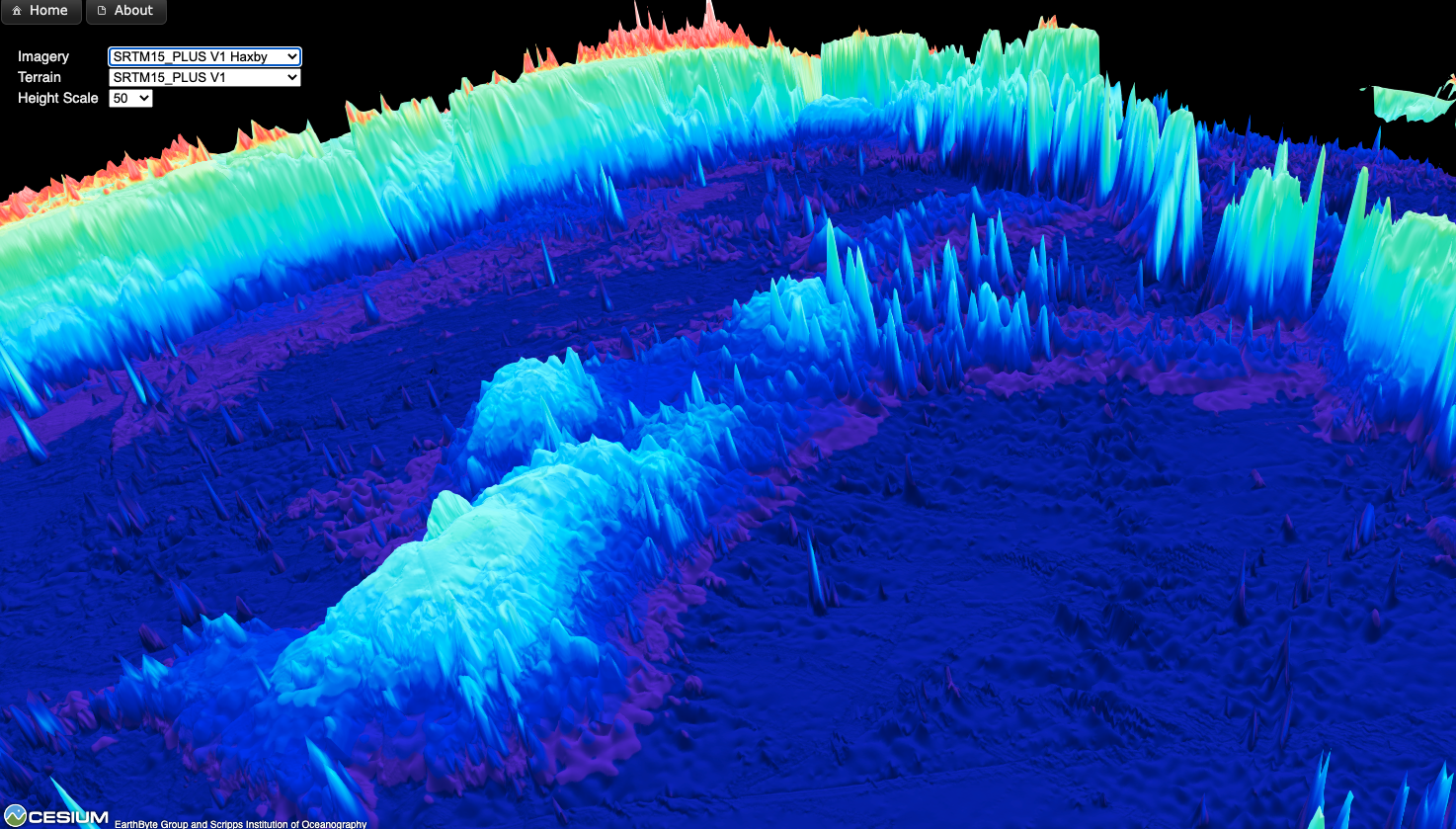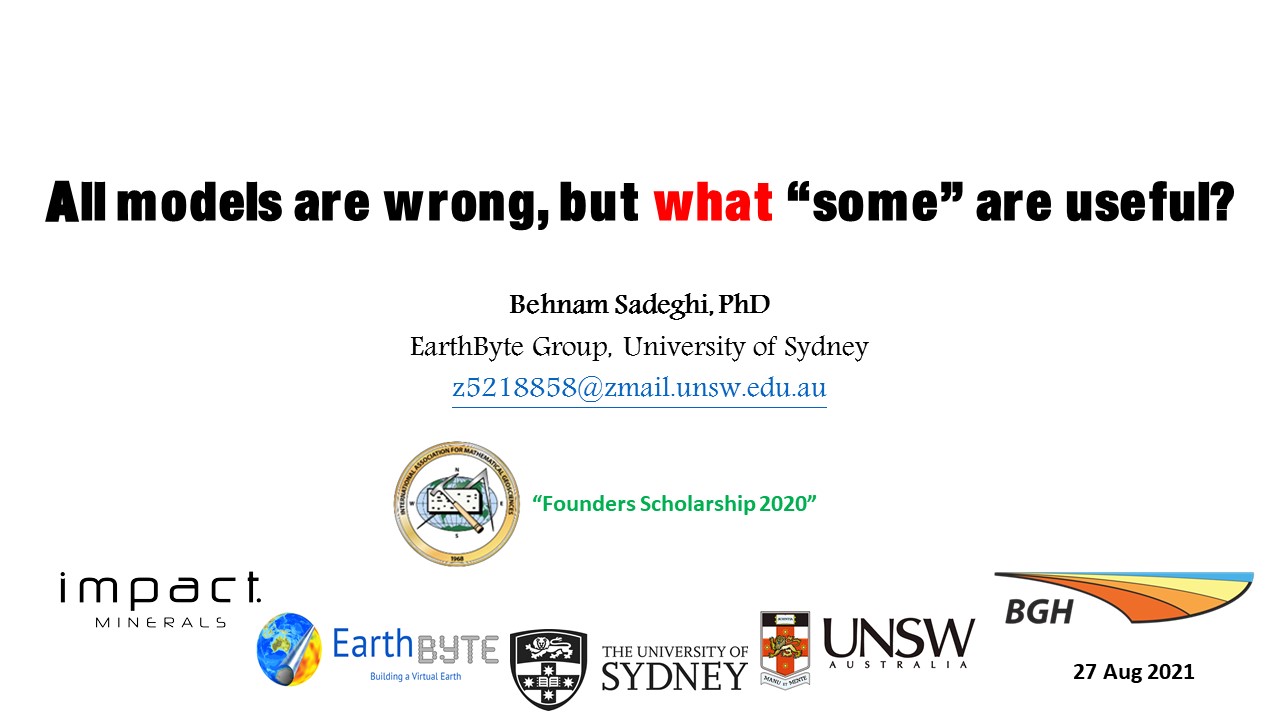This week’s EarthByte seminar will be held via Zoom at 8:30–9:30am Thursday, Sydney time. Our speaker this time will be Camilo Montes Rodriguez from the Universidad del Norte in Barranquilla, Colombia. To access the Zoom meeting, follow this link: https://uni-sydney.zoom.us/j/89526697076. Further details regarding the talk are below:
Elements: Carbonatites and global tectonics
Carbonatites have formed for at least the past three billion years. But over the past 700 My the incidence of carbonatites have significantly increased. We compile an updated list of 609 carbonatite occurrences and plot 387 of known age on plate tectonic reconstructions. Plate reconstructions from Devonian to present show that 75% of carbonatites are … Read more…











